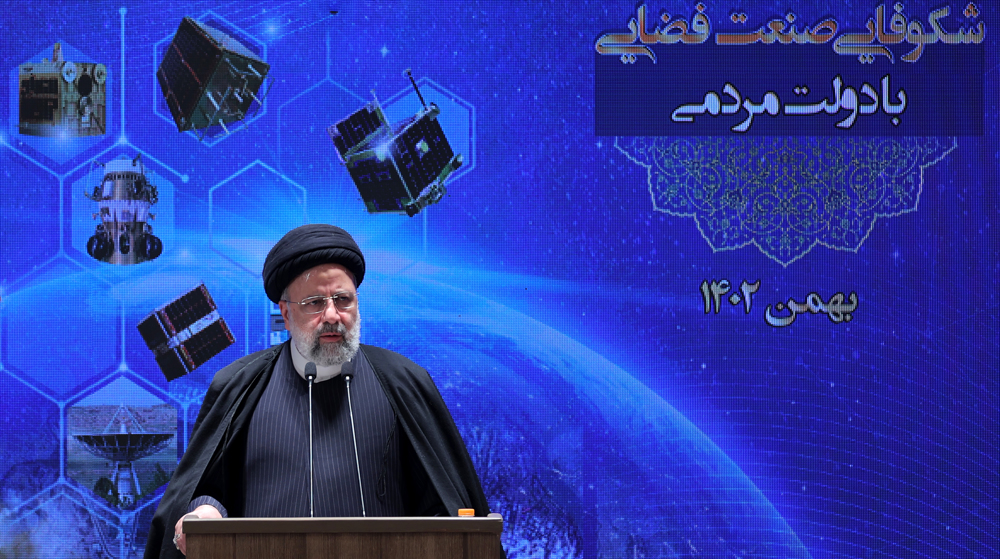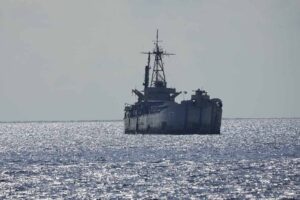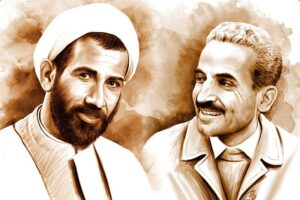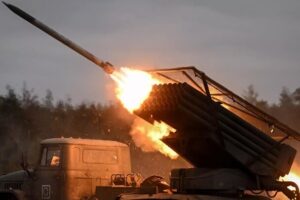President Ebrahim Raeisi of Iran has praised the latest launch of homegrown satellites into space as a major development that neutralized Western sanctions and foiled enemy plots to isolate the nation.
Raeisi made the remarks as he addressed a ceremony in the capital Tehran on Saturday in commemoration of the National Space Technology Day.
Iran is now among the world’s top 10 countries in the field of aerospace technology, Raeisi said.
The president said Iran’s progress in the field of aerospace was a realization of the “we can” motto, and a definite sign of turning sanctions and threats into opportunities.
He also hailed the launch of homegrown research satellites into low Earth orbits (LEOs) and said Iranian scientists are presenting noteworthy innovations, achievements and products at the same time that enemies are trying to foster a sense of despair by means of their mainstream media.
Raeisi said the Iranian nation, which desired to retain its independence and freedom on February 19, 1979, is after establishing a strong presence in space and will succeed against all odds.
The president thanked the Iranian Space Agency (ISA) for its steady progress in the aerospace sector.
Raeisi said Iran is utilizing space technologies in various spheres, including agriculture, management of water and natural resources, identifying mineral deposits, and ensuring the security of borders.
He also called for stronger presence of private knowledge-based firms in the aerospace field, stating that those companies must contribute their share more than ever.
Raeisi praised the cooperation among the Iranian Armed Forces, the Defense Ministry, Ministry of Information and Communication Technology and other institutions involved in the aerospace, stating that Iran’s Supreme Space Council directs all the related bodies.
Late last month, Iran successfully sent homegrown Mahda research satellite, along with two research cargos, to space onboard the domestically developed and manufactured Simorgh (Phoenix) satellite launch vehicle (SLV).
Mahda reportedly weighs 32 kilograms and its primary task is to test the satellite-related subsystems, verify the function of Simorgh SLV in dispensing space cargos, and evaluate the performance of new designs and the reliability of indigenous technologies in space.
Earlier, the Aerospace Force of Iran’s Islamic Revolution Guards Corps (IRGC) had successfully put Soraya satellite into an orbit 750 kilometers above Earth in 11 minutes. The research satellite, manufactured by the ISA, was launched with a Qaem-100 space launch vehicle (SLV). Qaem-100 is a three-stage SLV with solid fuel developed by the IRGC Aerospace Force.




